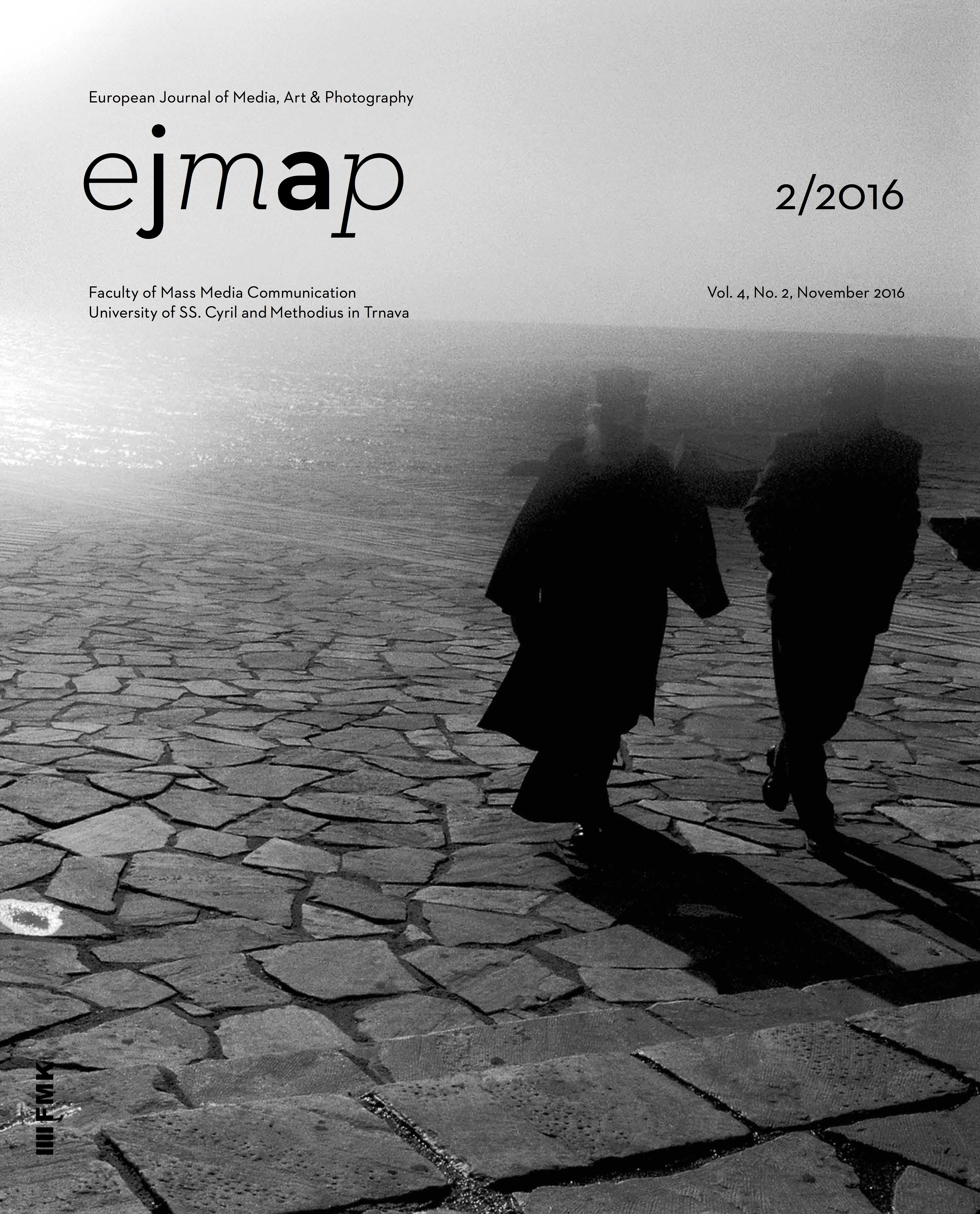
We kindly inform you that, as long as the subject affiliation of our 300.000+ articles is in progress, you might get unsufficient or no results on your third level or second level search. In this case, please broaden your search criteria.

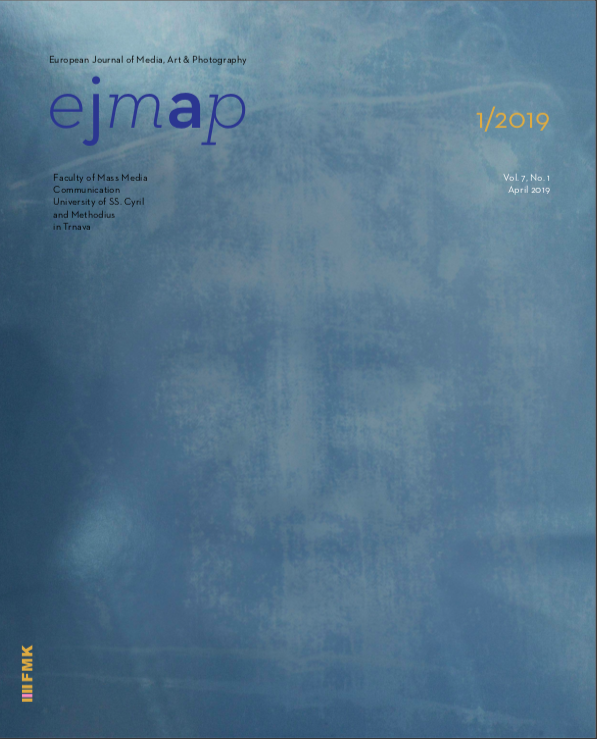
The interview focuses on opinions of the photographer, lecturer, and Assistant Professor Jozef Sedlák. Last year, on the occasion of his 60th birthday, the photographer organized a recapitulatory author exhibition. The interview discusses the photographer’s creative concepts, his approach to photography as a medium, and it also comprises the function of photography in society. One of the topics he deals with from a long-term perspective is social documentary. However, the photographer deals in parallel with staged figurative photography, later on with the conceptual pictures. Each of his documentary photographs captures an event that articulates anonymous personae connected by momentary chance and situations. The author presents his authorial philosophy and stances to work with the medium of analogue photography. The practical experience and theoretical philosophy of Jozef Sedlák reflect his opinion and ideas regarding theoretical questions, such as the sense of family tradition, allusive warnings on evaluation and societal ladder, the need for lively humanistic tradition, decoding of developing and current tendencies in art, questioning the autonomy of photography, relationship patterns of artists and theoreticians, the necessity of critical thinking development among students and the continuity of an artist’s and creator’s life. The given interview declares the author ́s strong concept of creativity and provides an evaluating perspective of an influential figure in Slovak photography. The interview focuses on the author’s less presented productions. The same as with his other outputs, they have a certain mysterious depth and timelessness. This part of his production may reveal the personality of Jozef Sedlák, as a photographer in a broader context. It will be definitely interesting to have a look together with the author beneath the surface of the medium of photography, but especially, I dare to say, beneath the surface and thus into the depth of the author ́s intentions as a photographer, educationalist and last but not least a truly faithful person.
More...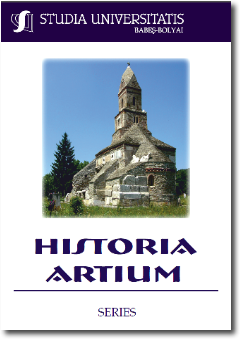
Coriolan Petranu – Referee of the Historical Monuments Commission and His Expert Art Reports Written in Romania during the Interwar Period. Scattered Letters. The present study is a welcome and useful completion of the chapter published by the author in the volume entitled Istoria Artei la Universitatea din Cluj [Art History at the University in Cluj] (Nicolae Sabău, Corina Simion, Vlad Țoca. Coordinator Nicolae Sabău). The article focuses on previously unpublished letters on the topic. The teaching activity of Professor Coriolan Petranu, founder of the Art History Department at the University in Cluj, was beneficially completed after 1920 by his contributions in the field of historical monuments protection in Inter-War Romania and his expert reports in the field of fine arts and of the restructuring of the museums in Transylvania according to the modern principles of European museums. Among his numerous expert reports, the documents/letters under analysis record his observations, actual art historical studies, on projects related to town planning, architecture, public monuments, street furniture and technical works, urban systematization plans etc. (the building sites, liturgical furniture and wall paintings of the Orthodox church in Târgu Mureș and of the Orthodox cathedral in Cluj, the fresco of the festive hall of the Academic College in Cluj painted by master Costin Petrescu, 1938-39), the analysis of certain folk art objects from museums and collections in Transylvania, public and institutional monuments (Avram Iancu’s statue in Cluj, the Union Monument in Arad, Pârvan’s bust from the University in Cluj etc.), expert reports on Romanian vernacular monuments, wooden churches (Poiana, Tălgi, Honțișor, Bocșa Română, Roșiori etc.) and masonry churches (Criscior), his correspondence with artists of the Inter-War Period and the exhibitions he organized (Catul Bogdan, Emil Cornea, Atanase Damian, Aurel Ciupe, Aurel Papp etc., the exhibition Collegium Artisticum Transylvanicorum, Cluj, 1921), his expert reports on works of painting, sculpture, graphic arts and European bookmaking. The correspondence of the art historian from Cluj with intellectuals, professors, art historians, museum directors and library directors of upper and general education institutions from Great Romania, from Bessarabia and Bucovina, was impressive (Petre Constantinescu, Oreste Tafrali, Vasile Ciurea, Al. P. Arbore). He also made generous donations of books and photographic materials to these institutions.
More...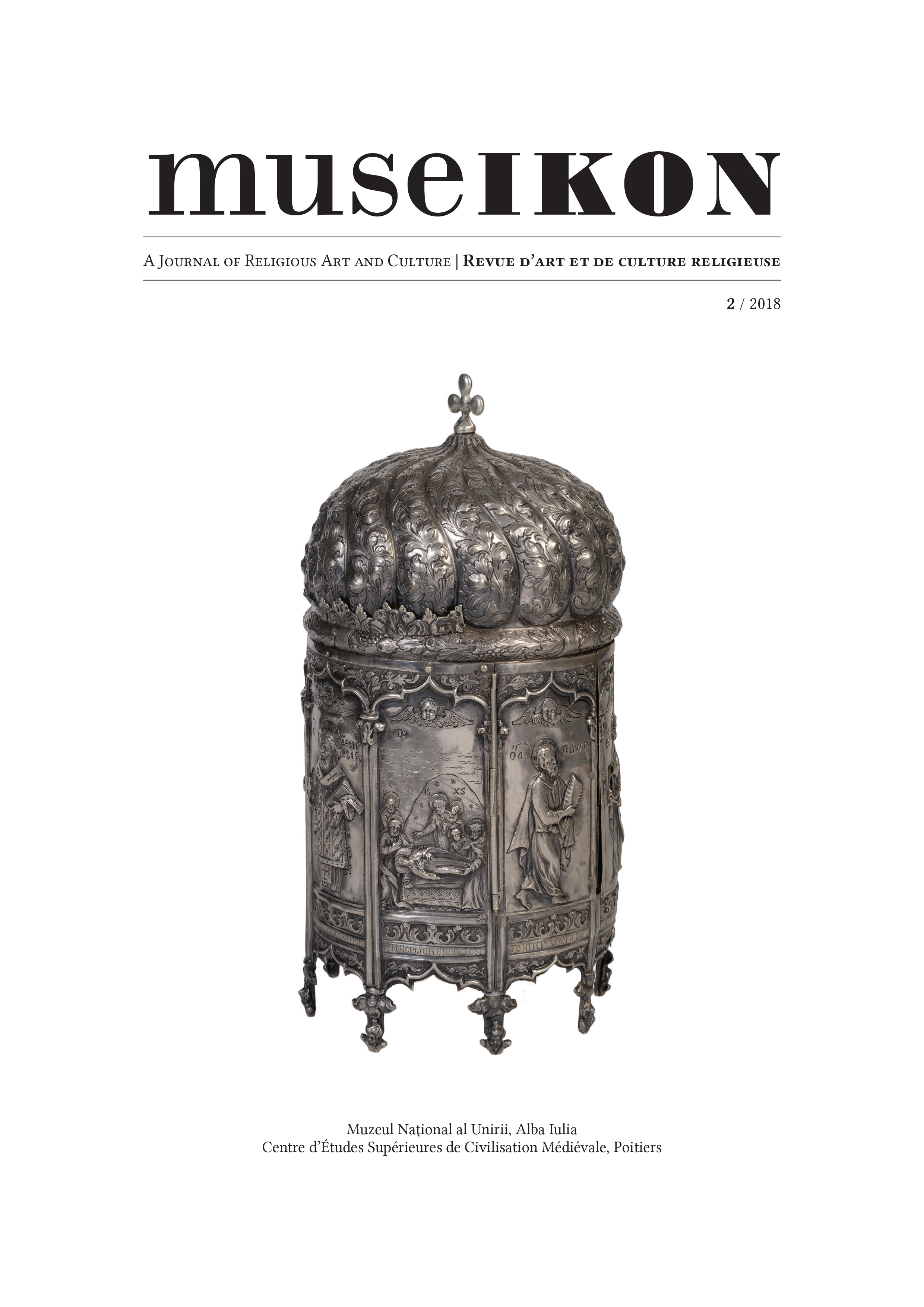
Viewed from outside, a human life – our lives – resemble a horizontal line stretching from the moment of birth to the grave. The actual reality of our lives, however, unfolds in a vertical plan of height and depth, or more precisely, on both plans simultaneously. That is, to say:“in the reality of the cross”
More...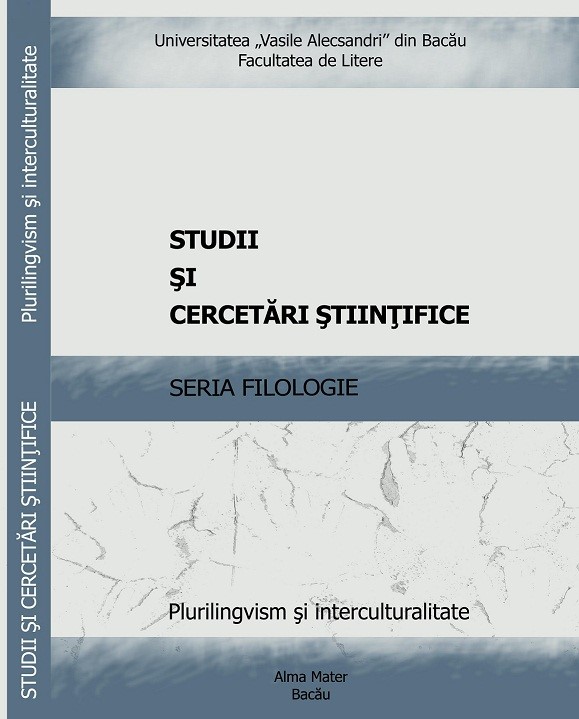
The terms belonging to theatre have been permanently transferred and adapted to various epistemic spaces, in the pursuit of organizing a coherent explanation pattern, the “script” being the “the speaking stage that the discourse involves in order to be produced and that, in exchange, needs to confirm through its utterance” . “The communication discourse” promotes understanding based on inferential reasoning, structured by the fundamental principles of conscious learning whose results will configure the identity of the cognitive structure of the teachable subject. This primary understanding, pertaining to the logical significance, will be a condition for further acceptance of an interpretation course, based on heuristic processes, on the consistent character of learning, reflected within the relationship with the incorporated information belonging to the student’s knowledge. The passage from potential to achievement is dependent on the intention and desire of the sender who has to translate an interior need. As part of the teaching discourse, “the creative discourse” is the practice context of the student’s creative potential, tributary to the development of the “lecture competence” with reference to Romanian as a school subject, aiming at the conscious approval of the interpretation process. This can be described in terms of labor concerning the creation process, the literature context facilitates the relationship between the education subject and various “paratope” belonging to Romanian and universal literature, through which the reaction to the symbolic valences of the literary works can be obvious. The identification process between the reader and the creation substantiated through a “school trial” should start from the re-enactment of the author’s labor process, through a participative activity associated to the questioning labor, organized according to the textbook score. It has to provide the student an understanding and interpretation pattern in order to guarantee a “successful” reading, that should harmonize various interpretation strategies.
More...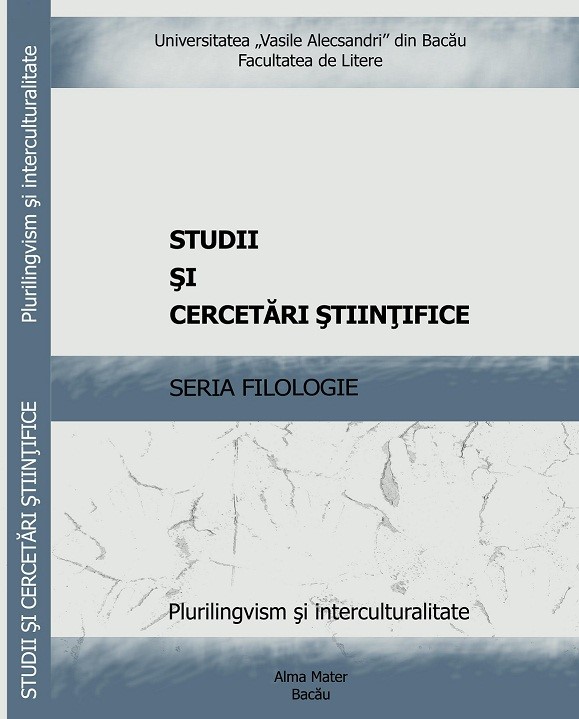
One of the most sophisticated symbolic buildings of humanity is the shelter. The very moment of projecting its image – from a functional and aesthetical point of view – coincides in fact, with the instant when man chose to live / understood that he has been living in a figurative universe, a universe without which the individual can not survive anymore.Leaving Gutenberg age and entering the Marconi one, man has been letting himself seduced by the new lifestyle. Thus, he starts to perceive himself in a new way and to cultivate a new vision of the entire world. This revelation is projecting in all areas of daily, social, political, religious life and especially in al types of manifestations of national and world culture. This return to an oral culture, this time transmitted on a digital media, requires a new type of individual, of settlement and story.
More...
The show Uniformes de général staged by Stéphane Verrue en 1984, en France, an adaptation by Benoît Vîtse of Mircea Eliad’s homonymous text, represents one of the successful examples of translating a literary text into the language of the theatre show. The interview with Benoît Vîtse is an almost archaeological investigation, one of reconstruction of this/his show and of the atmosphere inspired by the original text.
More...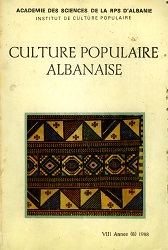
1. Reunion de l’assemblee de l’academie des sciences; 2. Zihni sako en tant qu’ecrivain et savant du folklore; 3. Session scientifique a librazhd; 4. La X-e Session international de l’unesco sur la musique populaire; 5. L’exposition «l’art traditionnel populaire albanais» a Copenhague.
More...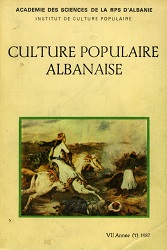
1. Obtention de dissertations; 2. Activité nationale sur les problèmes de la fable cultivée; 3. Le prix « l’europe pour le developpement du folklore»; 4. L’exposition de la culture populaire a vollos de la grece; 5. L’exposition «l’art populaire traditionnel albanais» en finlande; 6. Exposition encourageant le developpement ulterieur de l’art et de l’artisanat populaire; 7. L’exposition de la culture populaire en suede.
More...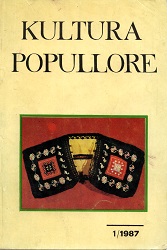
1. Çmimi «evropa për zhvilumin e folklobit»; 2. Ekspozita e kultures popullore në vollos të greqise; 3. Simpoziumi «mbrojtja, studimi dhe restaurimi i monumenteve тë kulturës në shqipëri»; 4. Ekspozitë që nxit zhvillim in e mëtejshëm të artit e të zejtarisë popullore; 5. Simpozium për kulturën shqiptare në jyvaskyla (finlandë); 6. Ekspozita e kulturës popullore në suedi
More...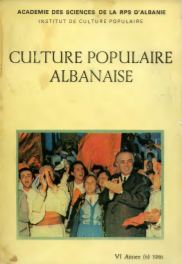
1. L’exposition balkanique de la ceramique populaire a volos (grece); 2. Le ve congrès de l’aiesee; 3. Activité sur la culture populaire albanaise a kitze de autriche; 4. La cérémonie de la distribution des prix de la république; 5. La econférence scientifique «La langue littéraire nationale albanaise et otre époque»; 6. On accorde au recueil «ethnographie albanaise» la medaille d’or; 7. L’exposition «l’art albanais durant les siècles»; 8. L'exposition ethnographique a volos de la grèce; 9. La deuxième assemblée des etudes illyriennes; 10. Un groupe de linguistes et d’ecrivains albanais ont participé au premier congrès international consacré aux minorités ethniques et linguistiques en Italie; 11. L’exposition «inspirations finlandaises».
More...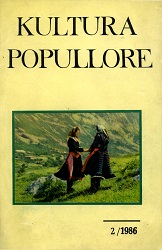
1. Ekspozita «arti popullor tradicional shqiptar» në helsinki; 2. Mbrojtje disertacionesh; 3. Ekspedita kerkimore në terren; 4. Veprimtari per njohjen, studimin dhe propagandimin e vlerave të kulturës popullore; 5. Aktiv kombëtar për problemet e përrallës së kultivuar.
More...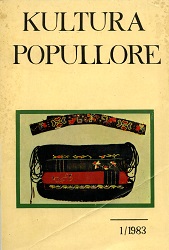
1. Mbi veprimtarinë kerkimore-shkencore te institutit te kultures popullore gjate vitit 1982; 2. Rreth veprimtarise së berthames shkencore të kulturës popullorenë shkodër gjatë vitit 1982; 3. Sesion shkencor kushtuar 250-vjetorit te themelimit të kolegjit arbëresh të shën-adrianit; 4. Takim me lexuesit; 5. Ekspozita «Veshje popullore të rrethit të Tiranës»; 6. Sesion shkencor mbi kulturën popullore të zones se shpatit; 7. Revistës «iliria» i jepet medalja e artë nga akademia nderkombëtare e lutesës; 8. Sesion shkencor në institutin e historisë
More...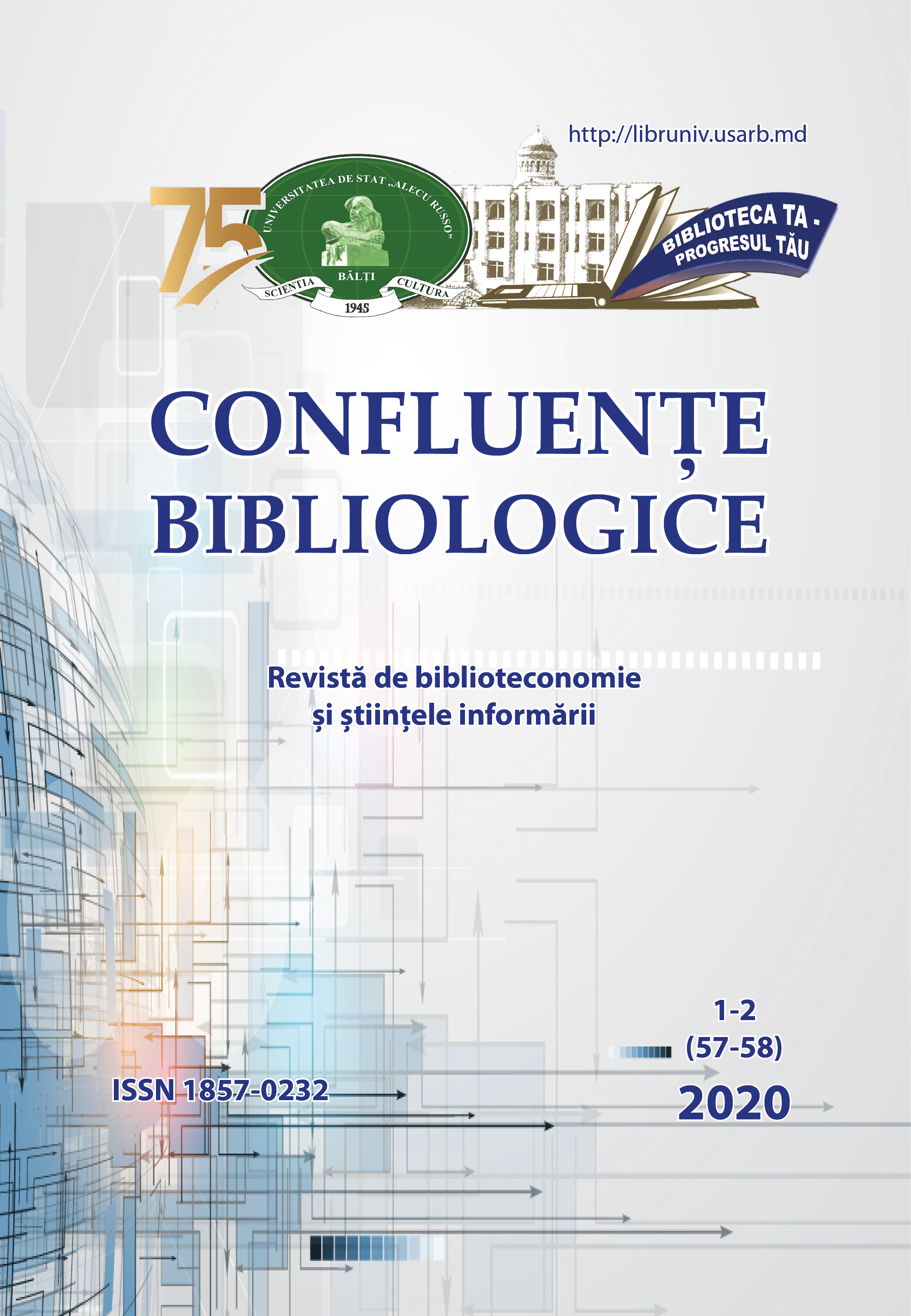
The author of this article writes about the exhibition Mirror of MusicalBaroque dedicated to the composer Johann Sebastian Bach, on the occasion of the355th anniversary of his birth. The exhibition presents documents from the collection ofthe USARB Scientific Library: works in different editions, audiovisual documents, criticalmonographs in Romanian, Russian and foreign languages, articles from periodicals,appearances in reference sources. The online exhibition illustrates the main stages of hislife, career and activity, summarizing the results and achievements of the composer.
More...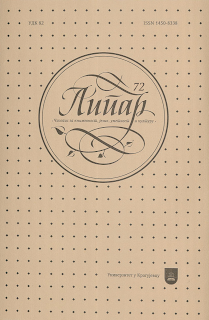
Slobodan Selenić’s theatre criticism, although he had been writing for only sixteen years, left a significant trace about the theatrical era. This paper is an introduction to research of Selenić’s essayist discourse, with special attention to authors like Đ. Lebović, J. Sterija Popović, L. Kostić, B. Stanković, B. Nušić, M. Crnjanski, B. M. Mihiz, B. Pekić. Significant literary and theatrical elements of Selenić’s work have served as an example, and his texts about Serbian authors have been specifically studied.
More...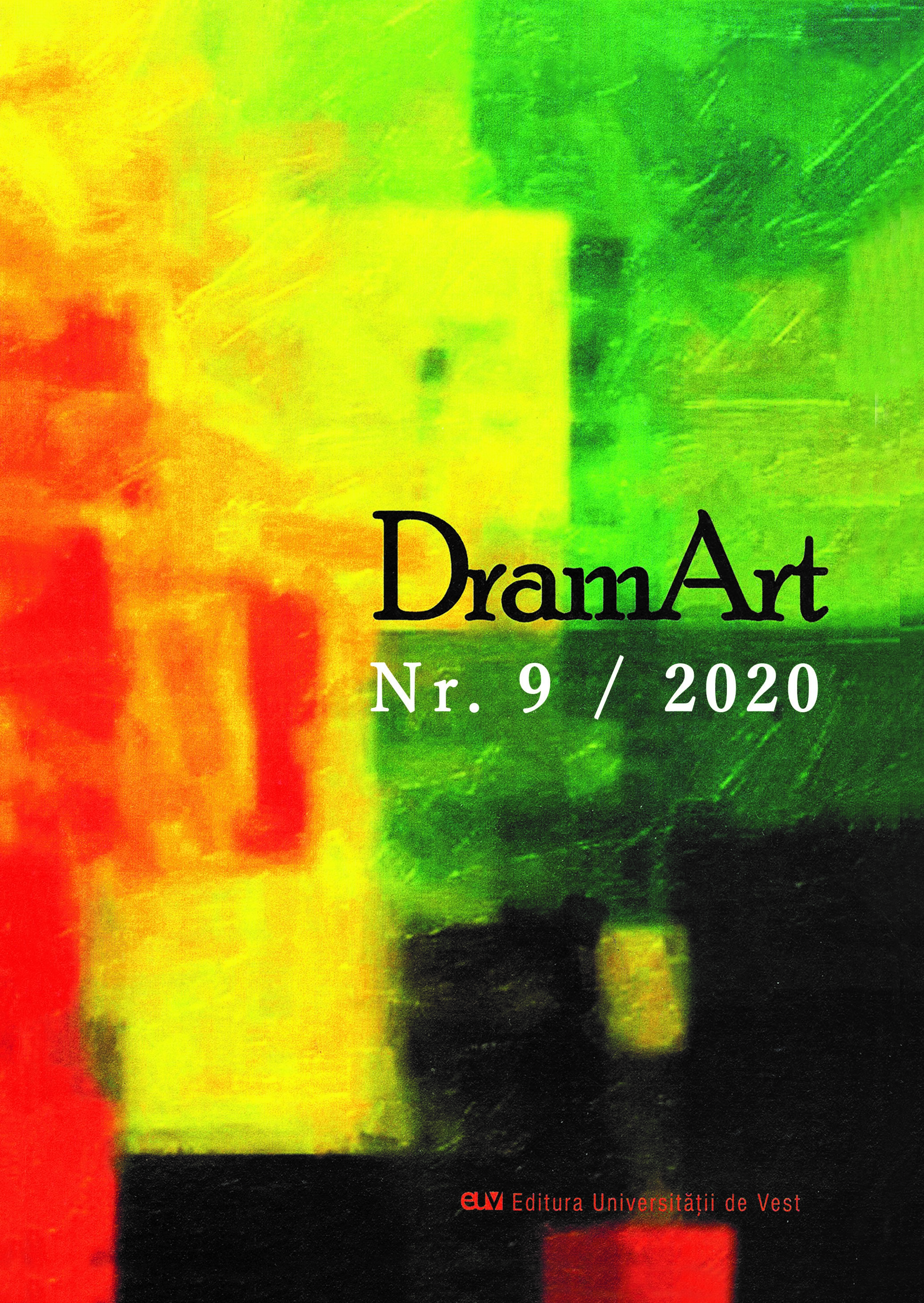
This article offers a tridimensional gender comparison between Shakespeare’s Measure for Measure (1604) and two other plays having the same Hecatommithi (1565) plot: Cinthio’s Italian Renaissance play Epitia (1583) and Whetstone’s Elisabethan play Promos and Cassandra (1578). Both plays were inspired by Cinthio’s Hecatommithi novella (Story 5 from Day 8) before Shakespeare wrote Measure for Measure, so that the Bard’s use of the proto-feminist spirit from the novella and the two subsequent dramatizations can be comparatively analysed. The second part of my article offers a further analysis of Measure for Measure, suggesting that it still can be seen as a proto-feminist drama, even if without a happy-ending, from a gender perspective.
More...
The article presents the relationship between time and space in the context of Eugène Ionesco`s play The Chairs. This relationship is presented from the perspective of the director which analyzes the stage directions regarding time and space. In the absurd context of the play, the article clarifies Ionesco`s point of view regarding the world he has created. It analyzes the light as a theme (as the Emperor enters the stage) and the circular space of isolation in which the carachters are trapped.
More...
This study focuses on the playwright Thomas Bernhard as a genuine creator of modern theatre starting from his play Der Theatermacher / The Histrionic, a controversial play issuing political and social aspects. Discussing the distinctive features and themes of this play, I will point out why Thomas Bernhard can either be liked or disliked by critics or the audience. Further a short comparison will be made with other classical plays, themes and motives, as well as underlying the condition of the performer on stage.
More...
The review describes the publication of Alina Mazilu concerning the role of the International Theatre Festival from Sibiu in promoting the contemporary dramaturgy.
More...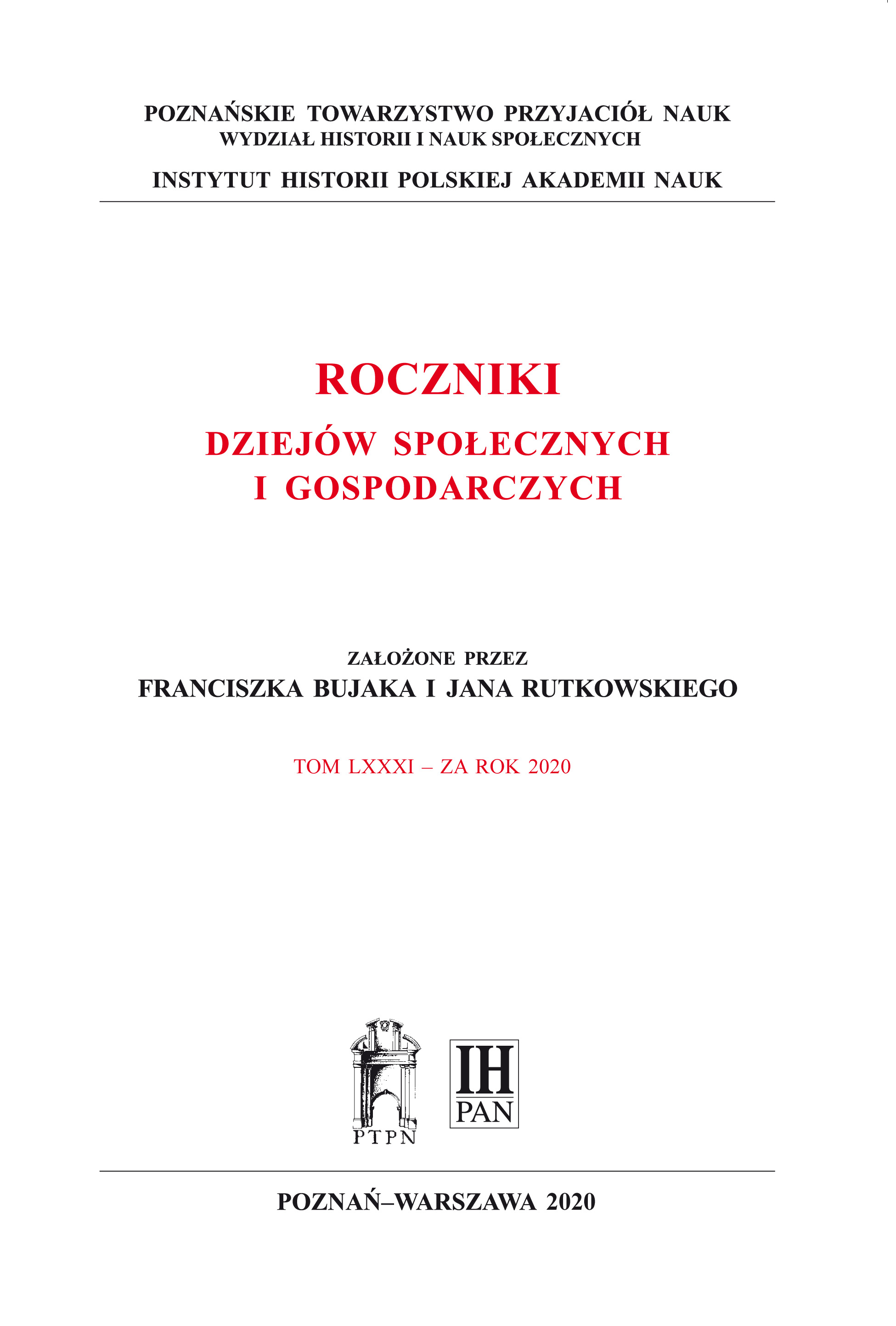
The article analyses the content of nineteenth-century guides of Kraków. The author seeks to define the period in which the guides first started to include information on the Jewish quarter of Kazimierz and its heritage sites.
More...